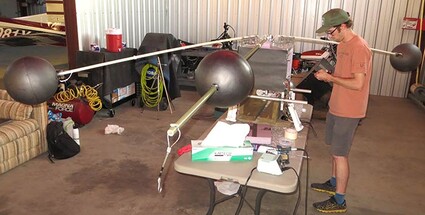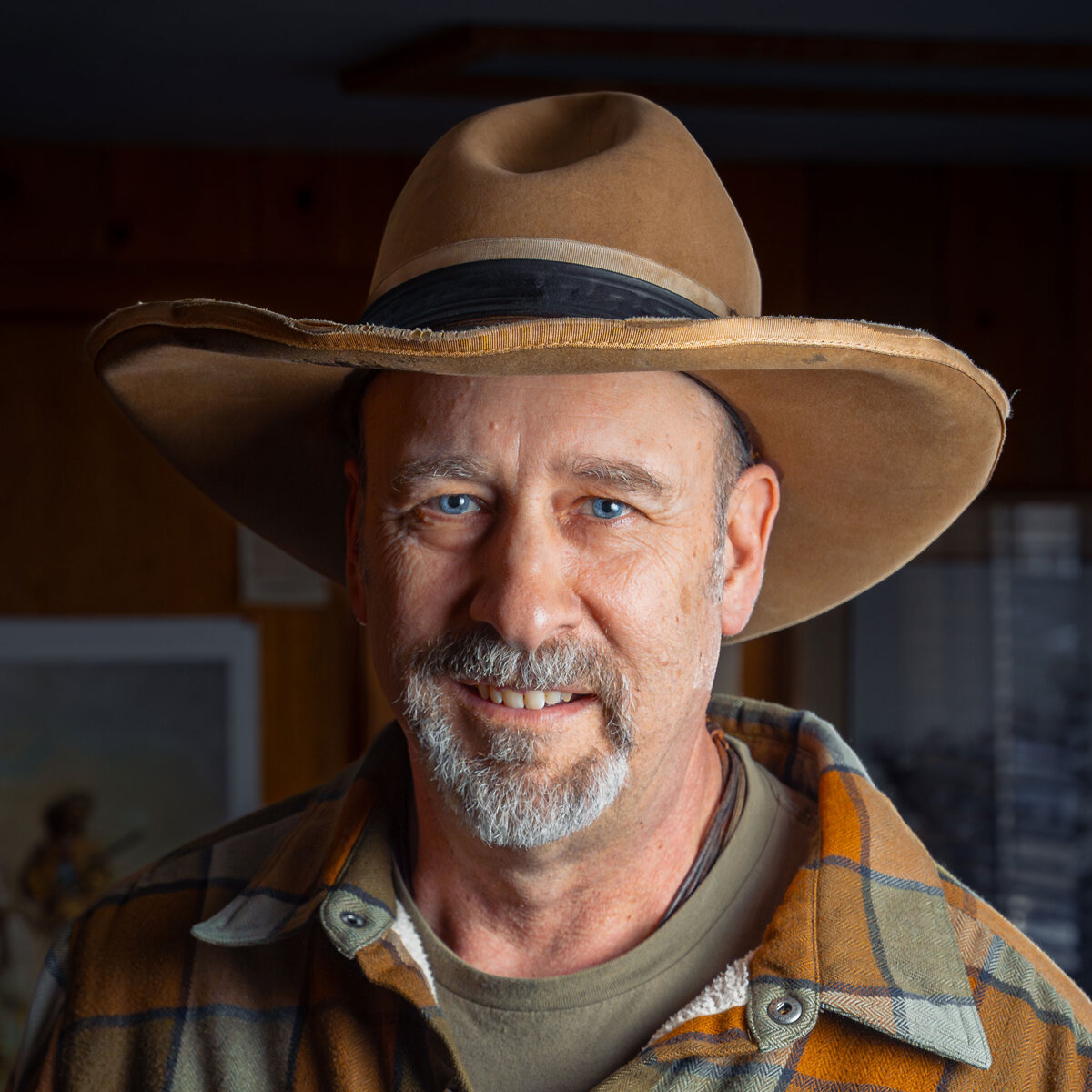Airport hosts university science project
Last updated 7/9/2019 at Noon

Jim Cornelius
A University of Washington graduate student works on the instruments that were to launch in a balloon over the Pacific Ocean this week.
A test flight for a project measuring electrical conductivity in connection with thunderstorms was to launch via balloon from Sisters Airport early this week.
The joint effort of the University of Washington Earth and Space Sciences program and DigiPen Institute of Technology tapped the expertise of Sisters resident Steven Peterzen, who has conducted balloon launches for science-related projects all over the world.
“It’s in his back yard; that’s why we’re here,” said University of Washington Professor Michael McCarthy, who was leading students in the project.
The 80-by-90-foot balloon will carry a 72-pound payload of atmospheric measuring instruments to an altitude of 130,000 feet over the Pacific Ocean. The instruments set up by University of Washington students will measure electrical conductivity. The crew from DigiPen is responsible for the telemetry and data transmission.
“We’re using basically a satellite phone link,” Jeremy Thomas explained. “We’re sending the data basically as text messages.”
Those messages will come at a rate of one per minute. The route of the balloon helps ensure accurate readings.
“We go up in really clean air high in the atmosphere and we go way out in the ocean because the air is less polluted out there,” McCarthy said. “That’s the best place to make measurements.”
He noted that this week’s project is a test flight to ensure success of further flights this summer.
“There’s so many wrong ways to do this and only one right way,” he quipped.
Peterzen and his company ISTAR Stratospheric Ballooning have, since 1992, conducted balloon launches around the world. Peterzen has worked in Italy with the Italian Space Agency and on projects with the University of Rome and he has done extensive work in Antarctica.
Some of the balloon launches are truly massive, taking four to six ton payloads to altitudes approaching 130,000 feet. Those balloons generally terminate their flights in remote far northern regions. An avid outdoorsman, Peterzen leads ski expeditions into these remote regions to recover balloons and break down equipment and get it all to ports for shipment home.
“I’ll ship a million pounds of cargo in one flight,” he said.
Peterzen has been living in Sisters for about a decade. He teaches skiing at Hoodoo and enjoys other outdoor endeavors between launch projects. He’s assisted Sisters High School science programs with small educational balloon launches.
Information on ISTAR’s projects can be found at


















Reader Comments(0)